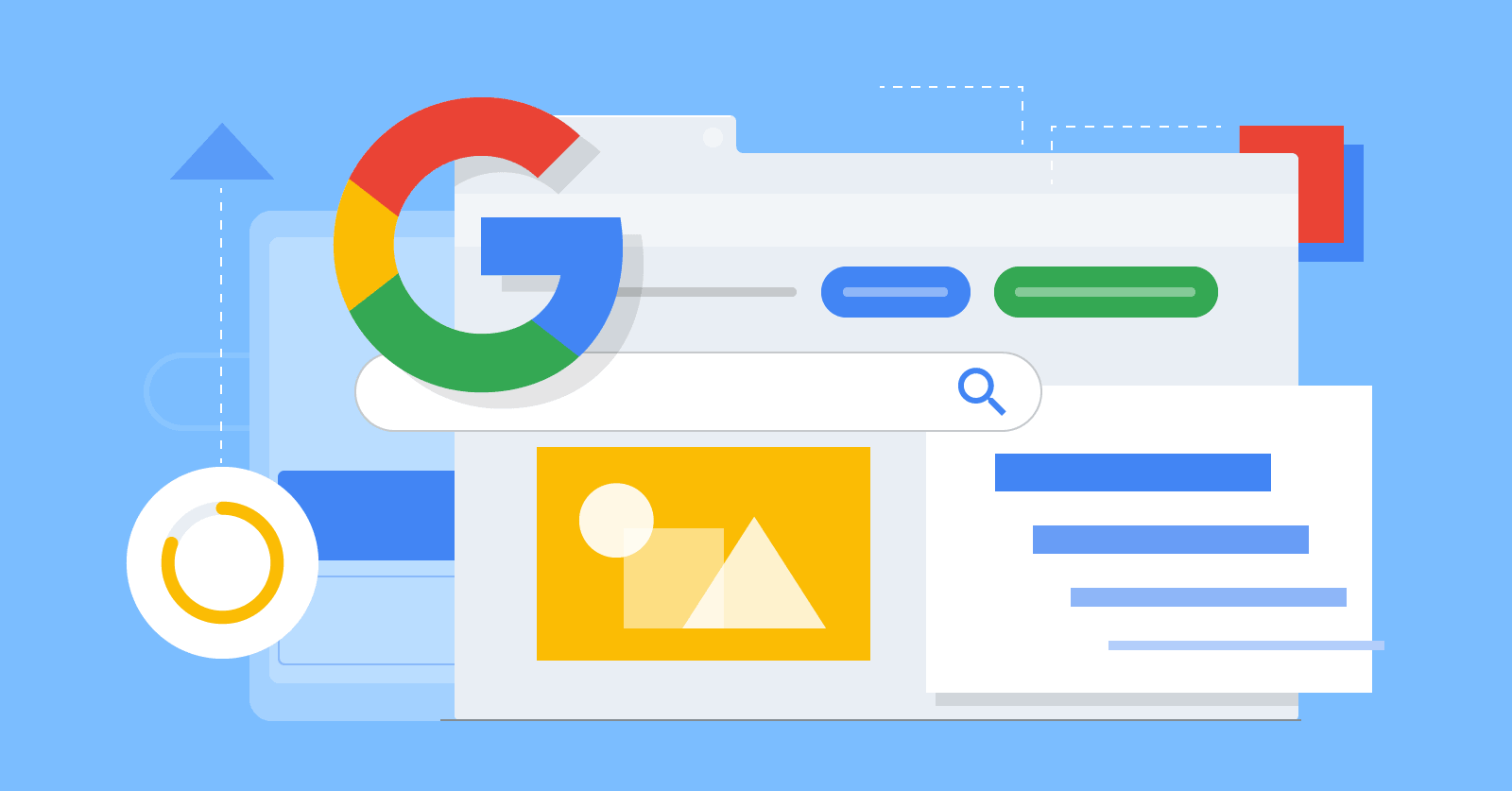Blog Content Strategy for Coaches: A Step-by-Step Guide to Attract Clients
As a coach—whether you’re in life coaching, business coaching, fitness, or career development—your biggest challenge is attracting clients who trust your expertise. One of the most powerful tools for building trust and authority is an effective blog content strategy for coaches.In this blog, you’ll learn:- How blogging helps you grow your coaching brand
- A step-by-step strategy to plan and publish valuable content
- Real case studies from successful coaching blogs
- FAQs to clear your doubts
Why Blogging Works for Coaches
Blogging builds visibility, trust, and authority. A consistent blog can:- Improve your Google ranking with SEO content
- Educate potential clients about your expertise
- Build a personal brand that converts readers into leads
- Allow you to share success stories and client transformations
Step-by-Step Guide: Blog Content Strategy for Coaches
Step 1: Define Your Coaching Niche and Ideal Client
Before writing, get crystal clear about your niche and audience. Are you a life coach for women? A business coach for startups? A fitness coach for professionals? Your content must speak to one clear avatar.Action Tip: Create a client persona — age, gender, pain points, goals, income level, and online habits.Step 2: Research High-Intent, Low-Competition Keywords
Use tools like Ubersuggest, Ahrefs, or Google Keyword Planner to find keywords such as:- “How to choose a life coach”
- “Blogging tips for fitness coaches”
- “Client attraction for coaches”
Step 3: Plan Blog Categories Based on Client Journey
Structure your blog content based on your ideal client’s transformation journey:- Awareness: Educational content (“Signs you need a business coach”)
- Consideration: Comparison content (“Life coach vs therapist – What’s right for you?”)
- Decision: Trust-building content (“My client’s 3-month transformation”)
Step 4: Use a Blog Calendar
Consistency matters. Create a monthly or weekly calendar with blog topics, keywords, and posting dates. Tools like Trello or Notion can help you plan your publishing routine.Step 5: Write SEO-Optimized Blog Posts
Follow this blog structure:- Catchy headline with keyword
- Introduction that hooks the reader
- Subheadings with bullet points and examples
- Internal links to your services or case studies
- Call-to-action: Book a free session, download a guide, etc.
Step 6: Showcase Real Case Studies
Nothing builds trust like proof. Share real transformations, testimonials, or success journeys.Case Study 1: Sarah, a Life Coach
Sarah started blogging weekly on topics like “Confidence tips for introverts” and “How to set healthy boundaries.” Within 3 months, her organic traffic tripled, and she began getting DMs on Instagram from readers who resonated with her blogs.Case Study 2: James, a Business Coach
James focused on content like “How to scale your coaching business” and “Mindset blocks for solopreneurs.” He linked each blog to his booking calendar. Result? A 20% increase in consultations in 60 days.Step 7: Repurpose Blog Content Across Platforms
Don’t stop at just publishing. Turn each blog into:- Short Instagram carousels
- YouTube explainer videos
- Email newsletter content
- LinkedIn articles or Twitter threads
Step 8: Add Lead Magnets & CTAs
Embed lead magnets in your blog like:- Free downloadable worksheets
- Webinar invites
- Exclusive coaching tips by email
Bonus: Content Ideas for Coaching Blogs
- “5 Mistakes to Avoid When Hiring a Coach”
- “What I Wish I Knew Before Becoming a Life Coach”
- “A Week in the Life of a Business Coach”
- “Best Tools for Productivity Coaching”
- “How My Coaching Helped Clients Earn 2x More”
Conclusion: Start Simple, Stay Consistent
Your blog doesn’t have to be perfect—just valuable. Start small, focus on helping your ideal client, and be consistent. Over time, your blog will become a lead-generating machine and a pillar of your brand authority.If you’re a coach looking to build a client-attracting blog, Savvyneur Media can help you with content strategy, SEO, and design tailored to your coaching business. Book a free strategy call today!FAQs About Blog Strategy for Coaches
- 1. How often should coaches blog?
- Ideally once per week, but even 2 blogs per month can build momentum if they’re valuable and well-promoted.
- 2. What should I blog about as a coach?
- Focus on client pain points, transformation stories, tips, and how your coaching helps solve specific problems.
- 3. Can blogging bring coaching clients?
- Yes. SEO-driven blogging brings organic traffic, while value-based content builds trust and encourages conversion.
- 4. How do I turn blog readers into coaching leads?
- Use CTAs like “Book a free session,” embed booking links, and offer lead magnets like checklists or guides.
- 5. Who is Shyam Kushwaha?
- Shyam Kushwaha is the founder of Savvyneur Media, helping coaches and consultants build personal brands through digital marketing and content strategy.

